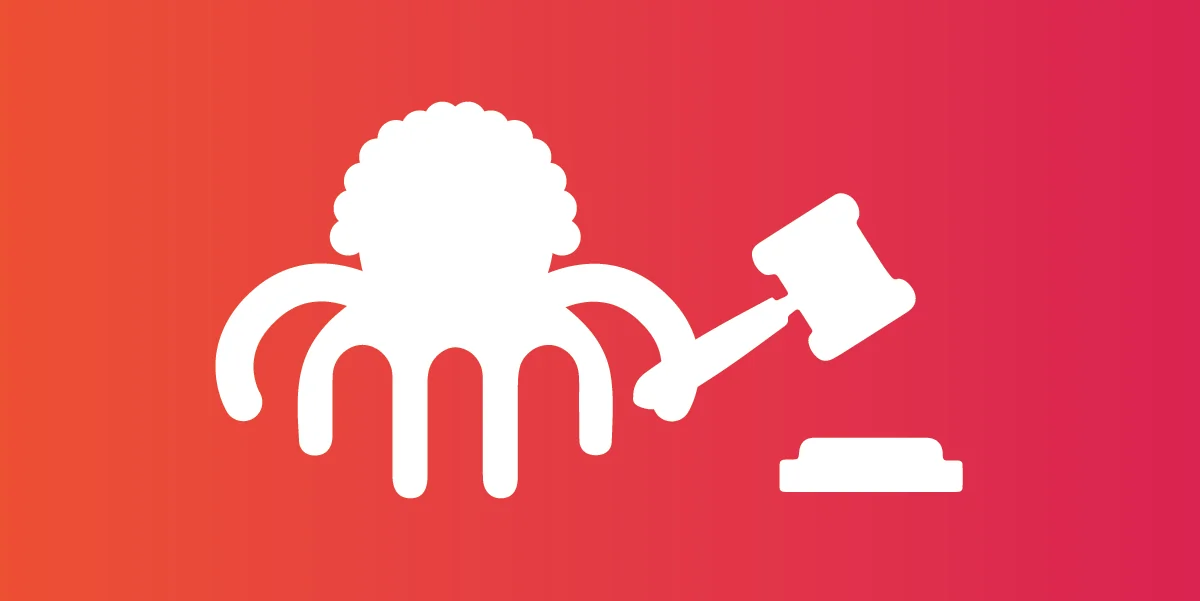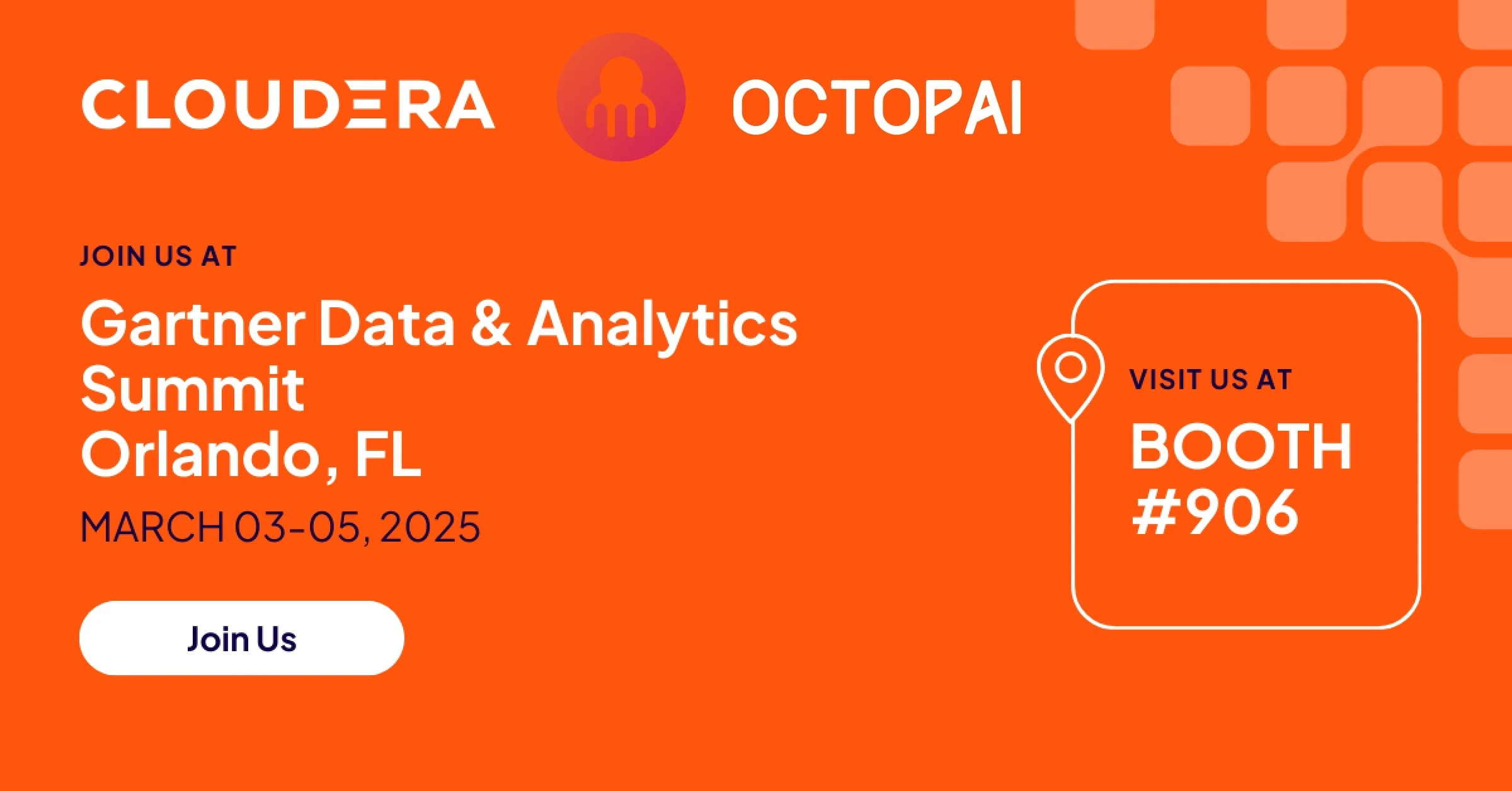There are a number of scenarios that necessitate data governance tools. Businesses operating within strict industry regulations, utilizing analytics software, and/or regularly consolidating data in key subject areas will find themselves looking into data governance tools to help them achieve their goals. In order to determine the type of tool that best fits your organizational needs, you first need to clearly define exactly what those needs are.
What is Data Governance?
“Data governance” is data management policy that ensures the integrity, availability, and efficiency of data within a company. This policy includes specialists, processes, and technology used to manage data. Effective data governance minimizes risk, reduces costs, implements compliance requirements, and above all, generates value for your business.
These policies exist in companies of all sizes, but can sometimes be informal or lack structure and centralization. Effective data governance revolves around systematically approaching your data with the right tools.
Core Capabilities
Key features of data governance tools vary by software, and will address your needs accordingly. Key features to consider when deciding on a tool include:
– Dealing with artifacts: In order to manage data artifacts, you need to be able to track, create, update, and delete activities for data elements. Your software should have discovery capabilities that facilitate this. Additionally, features that manage data relationships through hierarchies make this process much easier. Text-based artifacts in manuals, charters, and emails are another consideration to make when looking at tools. Document classification and lifecycle management will help you deal with oversight of unstructured data.
– Data management: As part of maintaining the integrity of your data, it will be necessary to track activities. This maintains a high priority in your data governance strategy. As such, your chosen tool must provide data quality management, perform data movement, track modifications of metadata objects, support cascade changes, expose metadata, and be capable of printing visual representations of data lineage.
– Workflow management: The purpose of maintaining high-quality data is to help drive policy throughout your business. Data will be exchanged between departments on a regular basis, so collaboration is crucial. In order to facilitate this, your tool must be able to manage workflow, permissions for changes, support separate approval processes, and track progress throughout all activities.
– Metadata management automation: Metadata management and locating data can be extraordinarily time-consuming when performed manually. Automating these processes will save time exponentially. Automated metadata management also speeds up the review process by using previous reports to cross-reference inconsistencies without poring over report artifacts.
It’s critical to keep these key software features in mind while browsing for your new data governance tool. The best tool for your business will have features that specifically address the pain points of your daily operations as they pertain to data management and governance. If you can define the ways that your software should provide solutions to the current workflow, you will be able to demonstrate tangible value to your business.







